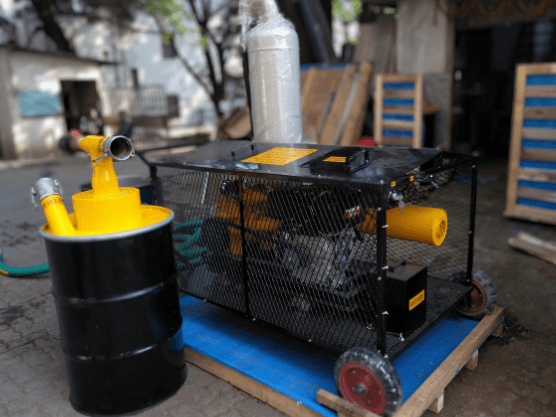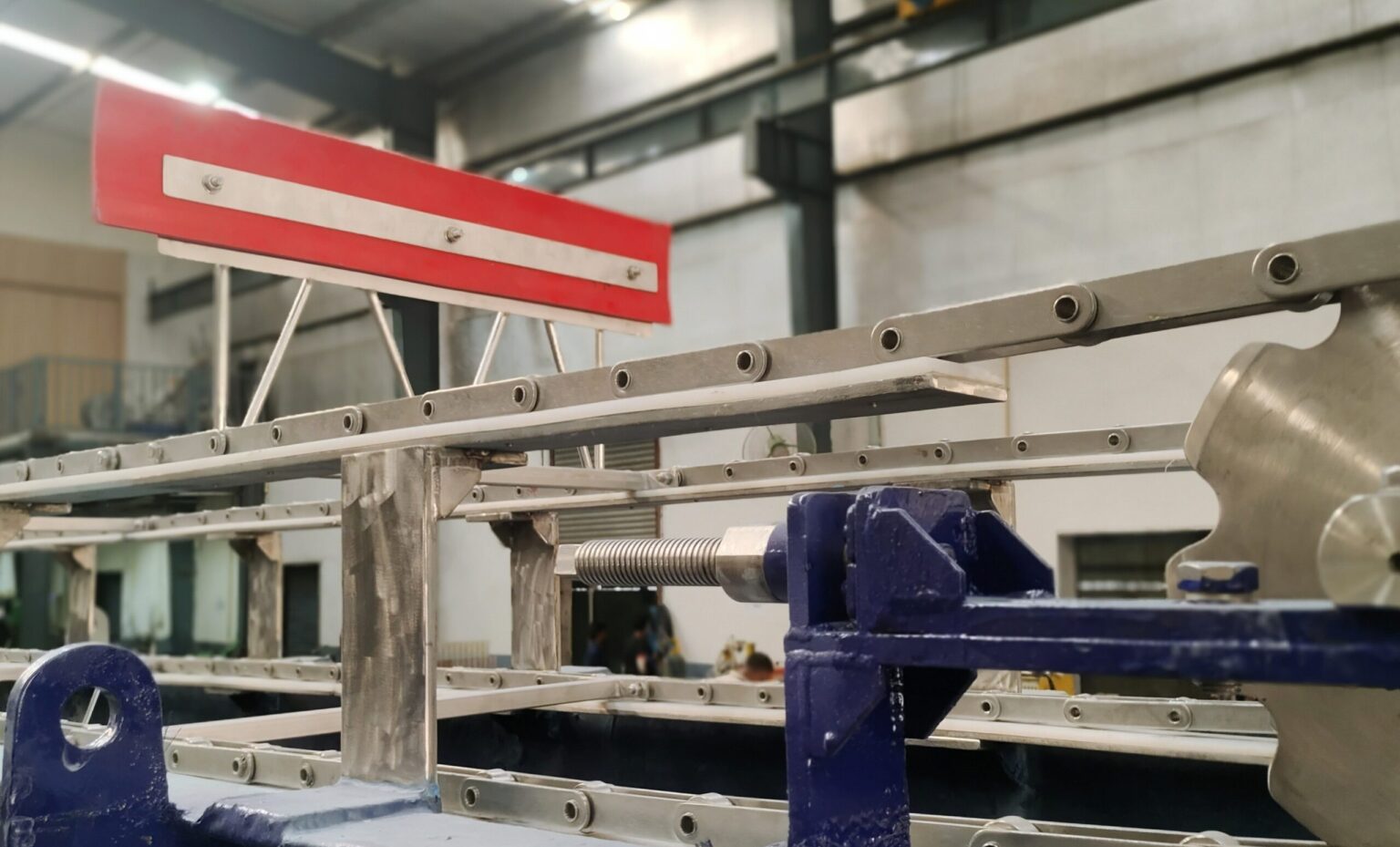Vacuum Systems 101: The Essential Solution for Oil Spill Disasters

Oil spills rank among the most destructive environmental disasters, causing significant harm to marine ecosystems, wildlife, and local economies. Whether oil spills occur on water or land, spills require immediate and effective cleanup to minimize their impact. From catastrophic tanker accidents to industrial leaks, addressing oil spills demands advanced tools and techniques. Among these, vacuum systems have proven indispensable, offering a versatile and efficient means to recover spilled oil and contaminated materials.
Understanding Vacuum Systems for Oil Spill Cleanup
Vacuum systems are specialized equipment, designed to recover spilled oil, water-oil mixtures, and other contaminated substances. These systems come in various sizes and configurations tailored to the specific needs of cleanup operations. Their primary role in oil spill response is to provide a controlled and efficient method for removing oil from affected surfaces, whether on land or water.
Components of Vacuum Systems
A typical vacuum system for oil spill cleanup comprises several key components:
- • Vacuum Pump: Creates suction to extract oil and contaminants.
- • Hoses: Extend to the spill site, designed to handle viscous liquids and debris.
- • Storage Tanks: Temporarily hold collected materials for transport or processing.
- • Filtration Systems: Separate water from oil for efficient recycling or disposal.
- • Mobile Platforms: Allow systems to be mounted on trucks, trailers, or boats for easy deployment.
How They Work
The operation involves extending hoses to the spill site, where the vacuum pump generates suction to draw oil and contaminants into the system. The collected materials are stored in tanks and, in some cases, separated from water using integrated filtration systems. This enables more efficient disposal, recycling, or treatment.
Applications of Vacuum Systems
Vacuum systems play a critical role in various oil spill scenarios:
- • Marine Spill Cleanup: Recover oil from oceans, lakes, and rivers to protect aquatic ecosystems.
- • Land Spill Response: Remove oil from soil, sand, or hard surfaces, often combined with soil remediation.
- • Industrial Accidents: Handle spills in refineries, pipelines, and storage facilities, including thick oils and sludge.
- • Emergency Response: Offer rapid deployment for quick containment and recovery during accidents.
Types of Vacuum Systems
- 1. Portable Vacuum Units
- • Lightweight and compact, it is ideal for minor spills and remote locations.
- • Easily transported and operated by first responders.
- 2. Mobile Vacuum Systems
- • Mounted on vehicles, these systems handle extensive spills with high suction power.
- 3. Trolley-Mounted Vacuum Loaders
- • Suitable for onshore and offshore spills, capable of managing viscous oils and debris.
Advantages of Vacuum Systems
- • Efficiency: Recover large volumes of oil quickly.
- • Versatility: Adaptable to various spill types and materials.
- • Environmental Protection: Mitigate damage by rapidly containing and removing oil.
- • Ease of Use: Designed for straightforward operation with minimal training.
Challenges and Considerations
While highly effective, vacuum systems face challenges:
- • Clogging Risks: Debris can obstruct hoses, necessitating regular maintenance.
- • Accessibility: Remote or rugged spill sites may require portable units.
- • Storage Capacity: Large spills might overwhelm smaller systems.
- • Weather Conditions: Rough seas or high winds can complicate marine operations.
Vacuum systems are an integral part of oil spill response strategies, working alongside tools like booms, skimmers, and absorbents. Their ability to efficiently recover spilled oil while minimizing environmental impact makes them invaluable in modern cleanup efforts.
Frequently Asked Questions
Q.1 How do oil spill systems minimize environmental damage during an incident?
A. Oil spill systems, such as vacuum systems, quickly remove spilled oil from the surface, preventing it from spreading and contaminating larger areas. These systems minimize environmental damage by efficiently recovering oil and reducing its impact on marine life and ecosystems.
Q.2 What are the key technologies involved in automated oil recovery systems?
A. Automated oil recovery systems use advanced vacuum systems and robotic skimmers to efficiently collect oil. Sensors and AI optimize recovery operations in real-time.





